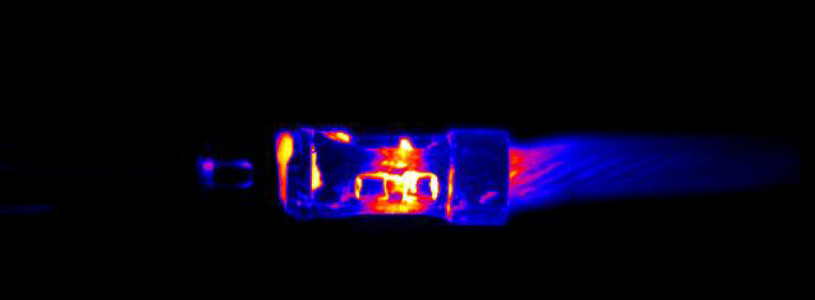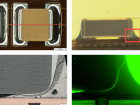Electrothermal events.
Electrothermal event refers to abnormal temperature increase leading to malfunction or catastrophic fails. The high temperature reached during such event activates or initiates some of the failure mechanism explained before, such as the growth of insulation oxide layers and outgassing processes responsible for organic contamination. Beside the formation of nonconductive layers at the contact interface high temperature can also cause to the degradation of plastic insulators and contribute to multiple short circuit conditions.
Electrothermal events can be related to:
- Sustained overload conditions leading to high operating temperatures for long periods of time.
- Arcing due to the loose of connection at the contact interface during mechanical vibration.
- Transient short circuit conditions resulting in localized hot spots.
It also worth to mentioning here the interplay between electrothermal events and corrosion in constant-current biased systems. In those systems corrosion product at the contact interface increase the system resistance and therefore the dissipated power, which in turn accelerates the corrosion rate (electrothermal feedback).
Diagnosis
Prolonged operation under high temperatures lead to connector discoloration noticeable by visual inspection. Early hot spot detection is conducted by IR thermography which has been proved to be a useful tool to prevent temperature driven failures in crimped systems as well as to assess the crimping quality.6 In addition, these techniques are used to study transient electrothermal events.

Failures in crimped connectors can be can be related to different causes, some of the discussed elsewhere. The present post analyzes those related to electrothermal events.
Contact us
- Scanning Acoustic Microscopy on Ceramic Capacitors - 18th May 2020
- Non-destructive detection of micrometric internal features within EEE microelectronic systems. - 3rd September 2019
- Acoustic Inspection of Hybrid Systems on Laminated Substrates - 3rd September 2019



